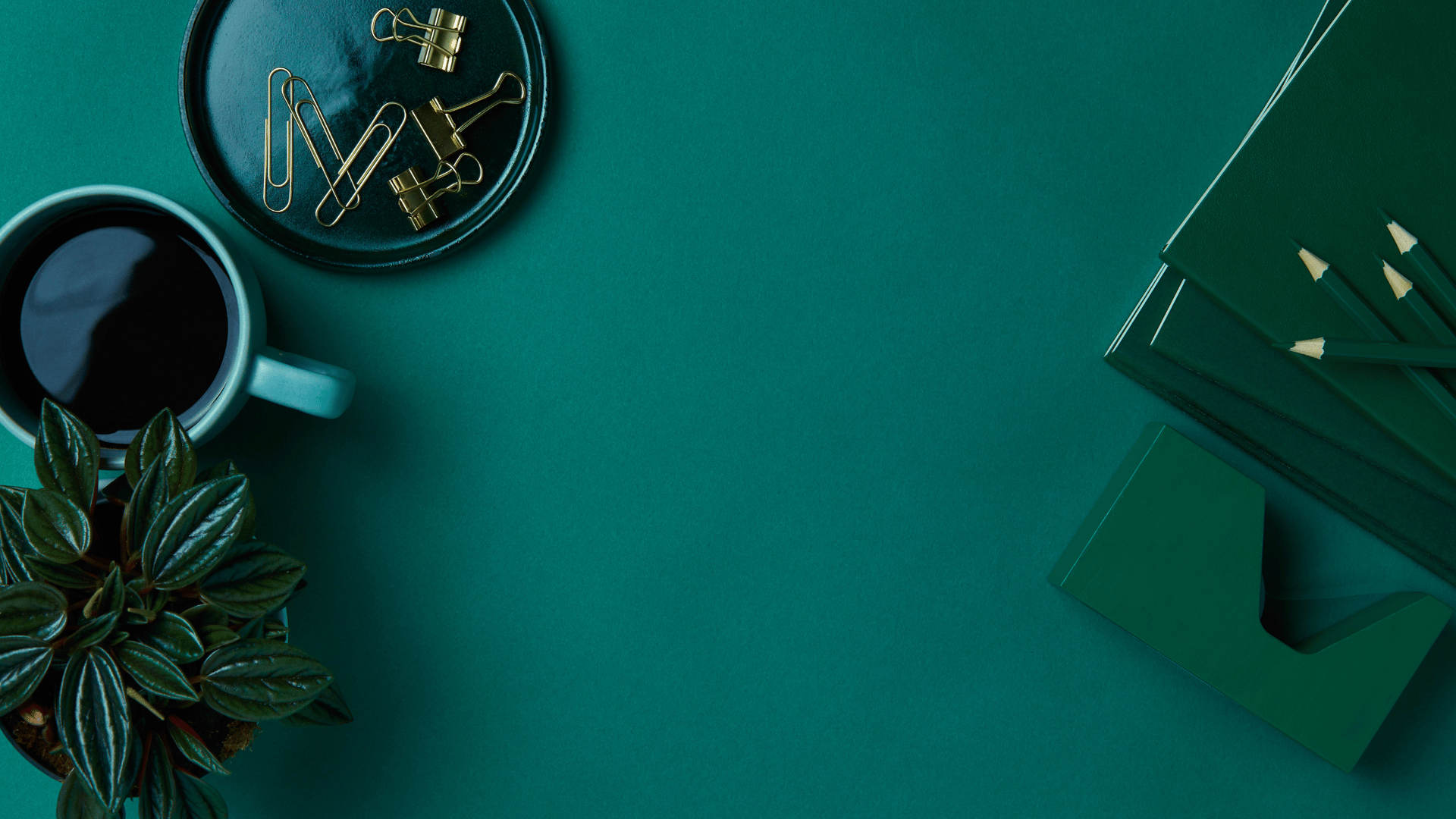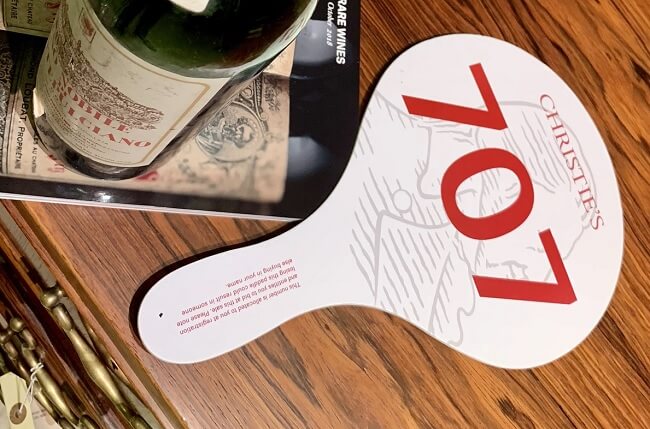
Subscribe to our newsletter
The Art of Wine Auctions
How to Navigate and Win at Auctions
11/28/20244 min read


Wine auctions have long been a captivating world where rare vintages and coveted bottles change hands, sometimes for staggering sums. For both seasoned collectors and investors, auctions represent an exciting opportunity to acquire unique wines, diversify portfolios, and unlock value. But like any sophisticated market, successfully participating in wine auctions requires knowledge, preparation, and strategy.
In this article, we’ll guide you through the key steps of navigating the wine auction landscape, helping you make informed decisions and secure prized bottles for your collection.
Understanding the Different Types of Wine Auctions
Wine auctions can be categorised into two main types: commercial and charity auctions. While both offer opportunities to acquire fine wines, their purposes and dynamics differ slightly.
Commercial Auctions: These are organised by established auction houses, such as Sotheby’s, Christie’s, and Acker Merrall & Condit, and focus on the buying and selling of fine wines for investment or collection purposes. They offer highly sought-after bottles with well-documented provenance, making them ideal for serious investors.
Charity Auctions: These auctions are held to raise funds for various causes and often include rare or one-of-a-kind wine lots, such as specially labelled bottles or private vineyard experiences. While the focus here may be on philanthropy, collectors and investors can still find exceptional wines.
Whether participating in a commercial or charity auction, the fundamentals of preparation, bidding strategy, and post-auction considerations remain the same.
Step 1: Preparing for the Auction
Preparation is the cornerstone of success in the auction world. Start by researching the auction catalogue well in advance. Auction houses typically release detailed catalogues that list the wines on offer, along with their provenance, estimated value, and tasting notes. Scrutinising this information is crucial in identifying the best investment opportunities.
Key points to consider:
Provenance: Ensure the wine’s history is well-documented. Provenance can significantly impact the value of a wine, especially for rare or older bottles.
Condition: The condition of the bottle and label, as well as the wine’s fill level (ullage), are indicators of how well the wine has been stored. Pay particular attention to these details when evaluating your bids.
Market Trends: Use online platforms like Liv-ex to assess current market prices and trends. This will help you set a realistic budget and avoid overbidding on a bottle.
Pro tip: Attend a few auctions as an observer before participating. This will help you understand the pace and rhythm of the bidding process, allowing you to feel more confident when it’s time to bid.
Step 2: Setting a Bidding Strategy
Once you’ve identified the wines you want to acquire, it’s essential to establish a bidding strategy. Determine your maximum bid for each lot based on your budget, market research, and the potential future value of the wine. The excitement of an auction can lead to competitive bidding, so having a clear limit helps prevent overextending yourself.
Here are some bidding strategies to consider:
Early Bids: Placing an early bid can signal interest in a lot and sometimes deter other bidders from engaging. However, this strategy works best in smaller, less competitive auctions.
Strategic Delays: In more competitive auctions, holding back until the last moment to place your bid can work in your favour. Late bidding can catch competitors off guard, particularly if they’ve already committed to other lots.
Absentee Bidding: If you can’t attend the auction in person or prefer to remain anonymous, you can submit absentee bids. Many auction houses offer this service, allowing you to set your maximum bid in advance.
Pro tip: Use proxy bidding platforms if you can’t attend the auction live. These platforms allow a representative to bid on your behalf based on the instructions you provide.
Step 3: Post-Auction Considerations
Winning a lot is just the beginning of the journey. Once you’ve secured your bottles, there are several important steps to ensure your investment is well-protected.
Storage: Fine wine must be stored under optimal conditions—temperature control (ideally 12–14°C), appropriate humidity, and minimal light exposure. Many auction houses offer bonded storage services, where wines are stored in professional facilities until you are ready to take possession.
Insurance: Wine collections should be fully insured, particularly if you plan to store the bottles at home or move them between locations. Comprehensive insurance protects against theft, damage, or loss, safeguarding the value of your investment.
Resale Considerations: Some collectors acquire wines with the intent to resell them later. If this is your strategy, ensure the provenance and storage conditions are well-documented, as this will positively impact the future resale value of your bottles.
Pro tip: If you intend to hold your wines long-term, make use of professional storage facilities to ensure optimal preservation and maximise the future value of your investment.
«Previous Next»
Common Auction Pitfalls to Avoid
While wine auctions can be incredibly rewarding, they are not without their risks. Being aware of common pitfalls will help you navigate the process with confidence.
Overbidding: Getting caught up in the excitement of bidding wars is a common mistake, especially for first-time participants. Always stick to your pre-set budget and avoid the temptation to exceed it.
Buying Without Research: It’s essential to thoroughly research each lot before bidding. While the allure of a rare wine can be strong, investing without understanding the wine’s potential value or market trends can lead to poor decisions.
Ignoring Storage and Provenance: Even if you acquire an exceptional bottle, poor storage or unclear provenance can significantly diminish its value over time. Always prioritise these aspects when considering your investment.
Conclusion: Making Wine Auctions Work for You
Wine auctions are an exciting way to acquire rare and valuable bottles while building a diversified investment portfolio. With proper preparation, a smart bidding strategy, and attention to storage and provenance, you can make the most of this unique investment opportunity.
Whether you’re a seasoned collector or new to wine auctions, understanding the nuances of the auction process will help you navigate the marketplace and ensure you’re making wise investments.
